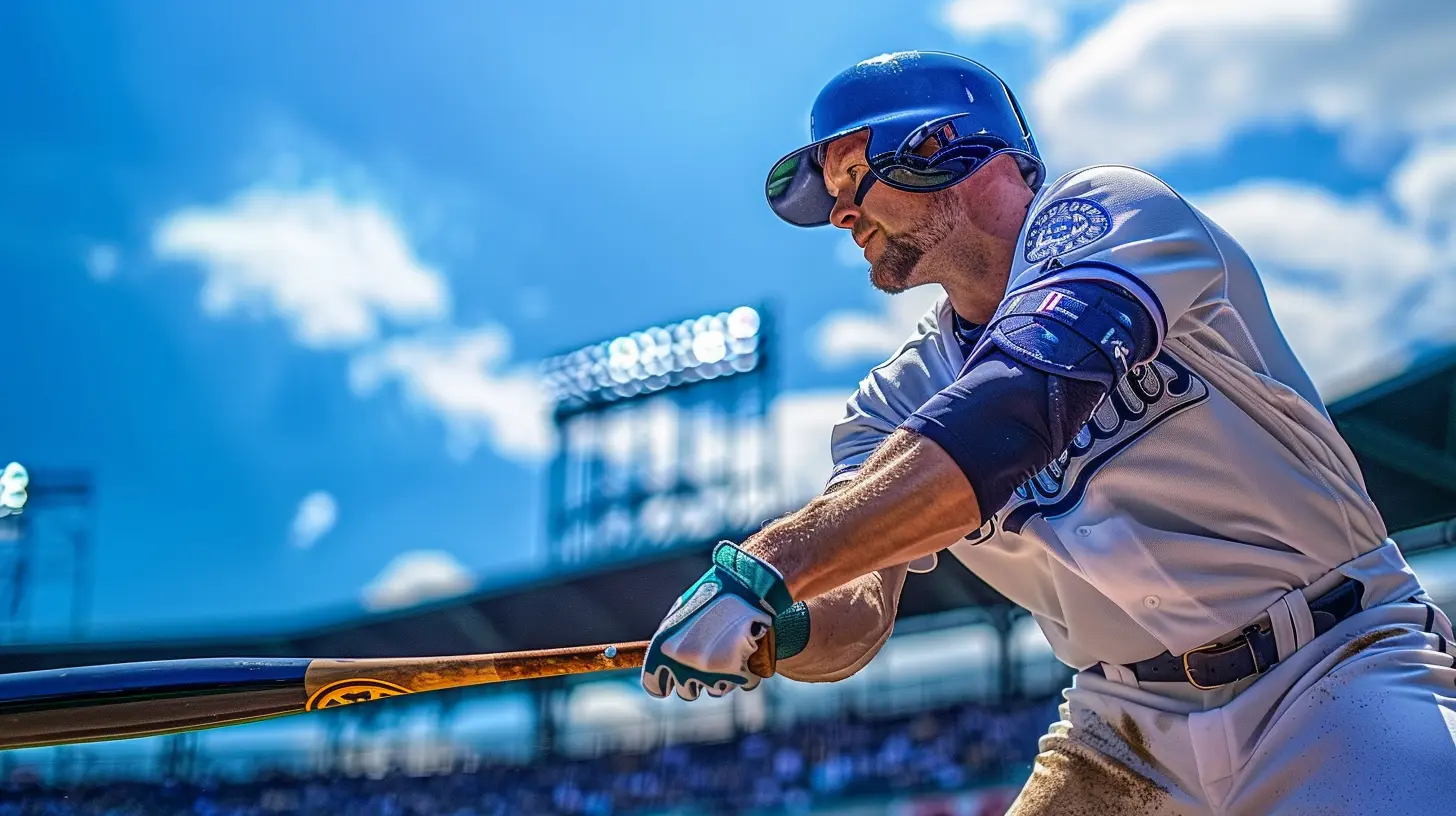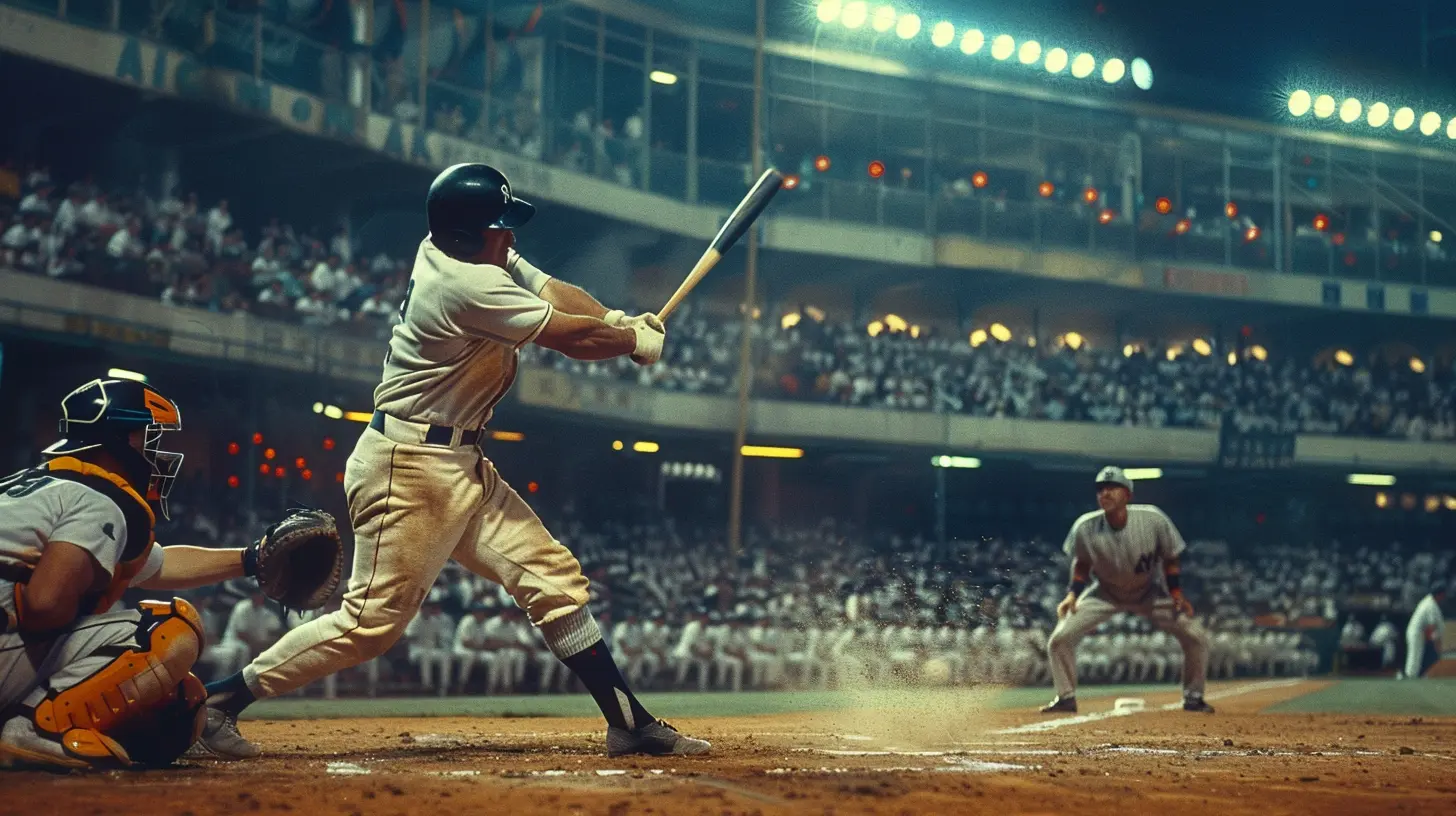How the Shift is Changing Offensive Strategy in Baseball
27 November 2025
Baseball has always been a game of strategy, precision, and adaptation. From the dead-ball era to the long-ball glory days, every generation has added its own twist. But in the past decade or so, we've seen a seismic shift—literally and figuratively—in the way teams approach the game. We're talking about "the shift", and it's shaking up offensive strategy like never before.
If you're a fan who's scratching your head wondering why your favorite slugger keeps grounding out to shallow right field, or you're a budding coach trying to keep up with the times, this article is your playbook.
Let’s dig in and break it all down.
What Exactly Is "The Shift"?
Before we dive into how it's changing offense, we need to clear up what the shift actually is. In simple terms, the shift is a defensive alignment where fielders move out of their traditional positions to increase the odds of fielding a ball hit to specific areas.Let’s say you’ve got a left-handed power hitter—old-school wisdom says play your shortstop between second and third base. But with the shift, you might see that shortstop parked way over on the right side of second. Sometimes, it looks like the infield is playing musical chairs. And get this—some teams even move their third baseman into shallow right!
Why? Data. Thanks to advanced analytics, teams know exactly where hitters like to put the ball. And if a guy pulls the ball 80% of the time, why not stick a fielder there?
The Rise of the Shift: A Quick Timeline
The shift isn't entirely new. Ted Williams faced it in the 1940s. But back then, it was more of a quirky tactic. Fast forward to the 2010s? It became the norm.In 2011, teams shifted on just over 2,400 plate appearances. By 2019? That number skyrocketed past 60,000. That's not a fluke—that’s a full-blown revolution.
As analytics departments grew in every front office, data-driven decisions took over. Coaches started to trust the numbers more than gut feelings. And the shift? It became a weapon.
But here's the twist: while defenses got smarter, offenses had to get even smarter to keep pace.
Offensive Adjustments: Adapting to the New Normal
So now that hitters are facing three infielders on one side, how have they responded?1. Going Opposite Field is the New Cool
Remember when sluggers only wanted to yank one into the bleachers? That’s changing. Today’s hitters are learning to go the other way more often. It's baseball’s version of a chess move. If the defense gives you left field, take it!Opposite-field singles are turning into a secret weapon. It's not as flashy as a home run, but hey—it gets the job done and keeps the defense honest.
2. Bunting’s Making a Comeback (Sort Of)
You heard right. That "boring" bunt? It's back in fashion—at least as a tool. Against an extreme shift, a well-placed bunt down the third-base line is like stealing candy from a baby.We’ve seen more sluggers try it—imagine a cleanup hitter laying one down just to beat the strategy. It’s all about doing what the defense doesn’t expect.
3. Launch Angle and Power Still Rule... For Now
Despite the shift, lots of hitters still focus on uppercuts and homers. Why? Home runs beat any defense, shift or not.But this approach is a double-edged sword. Fly balls and line drives are golden, but grounders into the shift? Those are rally-killers. So hitters are walking a tightrope between power and precision.
Who's Winning—The Shift or Hitters?
Let’s talk outcomes.From around 2015 to 2022, batting averages—especially on pulled ground balls—plummeted. The shift gobbled those up like Pac-Man. Lefties felt the pain the most. A routine 1-hop single to right? Not anymore.
But here’s the kicker. While the shift has cut down on certain hits, it’s also forced hitters to evolve. And some are thriving. Players with good bat control, speed, or opposite-field power are making the shift look like a bad idea.
In a weird way, the shift is making offenses more creative. And that’s actually fun to watch.
Smart Teams Are Changing the Way They Build Lineups
Let’s zoom out. This isn’t just about individual hitters tweaking their swings—it’s about how entire teams are reshaping their offensive philosophies.1. Versatility is Golden
Gone are the days when teams loaded up on one-dimensional sluggers. Today, versatile hitters who can hit to all fields, bunt, run, and work the count are in high demand.It’s like building a fantasy team where everyone can do a little bit of everything. That makes the shift much less effective.
2. Speed is Back, Baby
Stolen bases and infield hits were declining... until recently. Why? Teams realized that if defenses are out of position, speed can exploit the gaps. A speedy runner can beat out a grounder, stretch a single into a double, or force a rushed throw.It’s not just slug or strikeout anymore. It's run, create chaos, and make defenses sweat.
Rule Changes and the Shift Ban: A Game-Changer?
In 2023, MLB implemented a rule limiting defensive shifts. Infielders must now stay on their side of second base, and two have to stay on the dirt. So, what happened?We saw a bump in batting averages, especially for left-handed batters. More balls sneaked through the infield. Offense, as a whole, ticked up.
But wait—does this mean strategy is dead? Not even close. Teams are still finding ways to adjust within the new boundaries. Think of it like putting a speed limit on a racetrack. Sure, you slow down a bit, but the best drivers still find ways to win.
What This Means for the Future of Offense
One thing’s clear: the days of one-style-fits-all offense are over. Whether or not the shift sticks around in its old form, the lessons remain.Hitters must be adaptable. Coaches must be creative. Teams must be strategic.
Here’s what we’ll likely see more of:
- Hybrid hitters who can blast homers but also hit line drives the other way.
- Contact-focused approaches to limit strikeouts and eat away at defensive alignments.
- Smarter base running, aggressive bunting, and surprise plays that mess with positioning.
In short, the shift didn’t just change defense—it forced offense to evolve. And in doing so, it may have brought back the kind of dynamic, small-ball play that old-school fans have been missing.
Funny how that works, right?
Final Thoughts: The Shift as a Catalyst, Not a Curse
Let’s be real—most casual fans saw the shift as an annoying trend that stole hits and made games slower. But peel back the layers, and it’s clear the shift has actually sparked innovation.Baseball’s always been a game of adjustments. And offensive strategy? It’s as alive as ever.
So whether you're a die-hard sabermetrics junkie, an old-school purist, or just someone who wants to see more action on the base paths, one thing’s for sure:
The shift changed the game—and that change is far from over.
all images in this post were generated using AI tools
Category:
BaseballAuthor:

Umberto Flores

